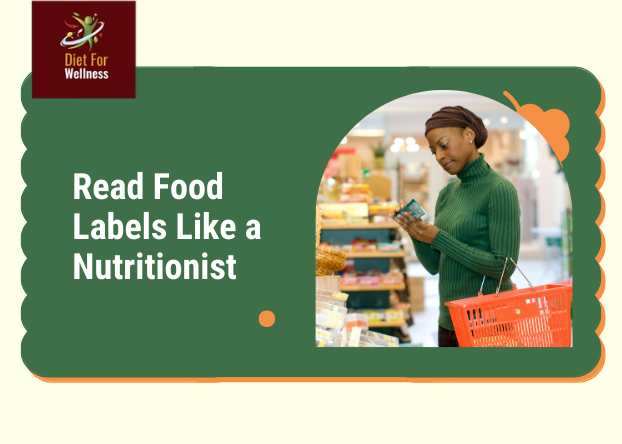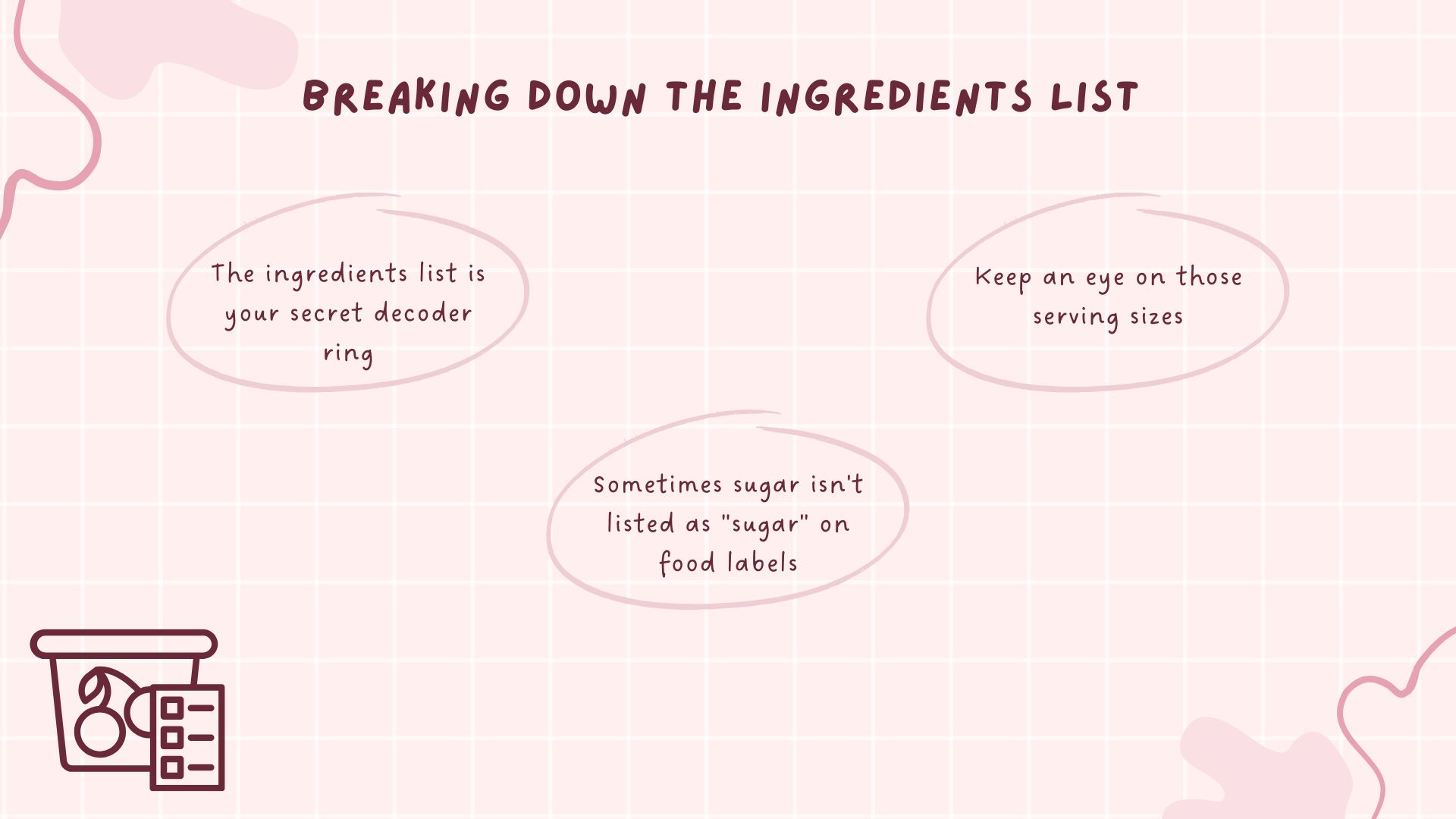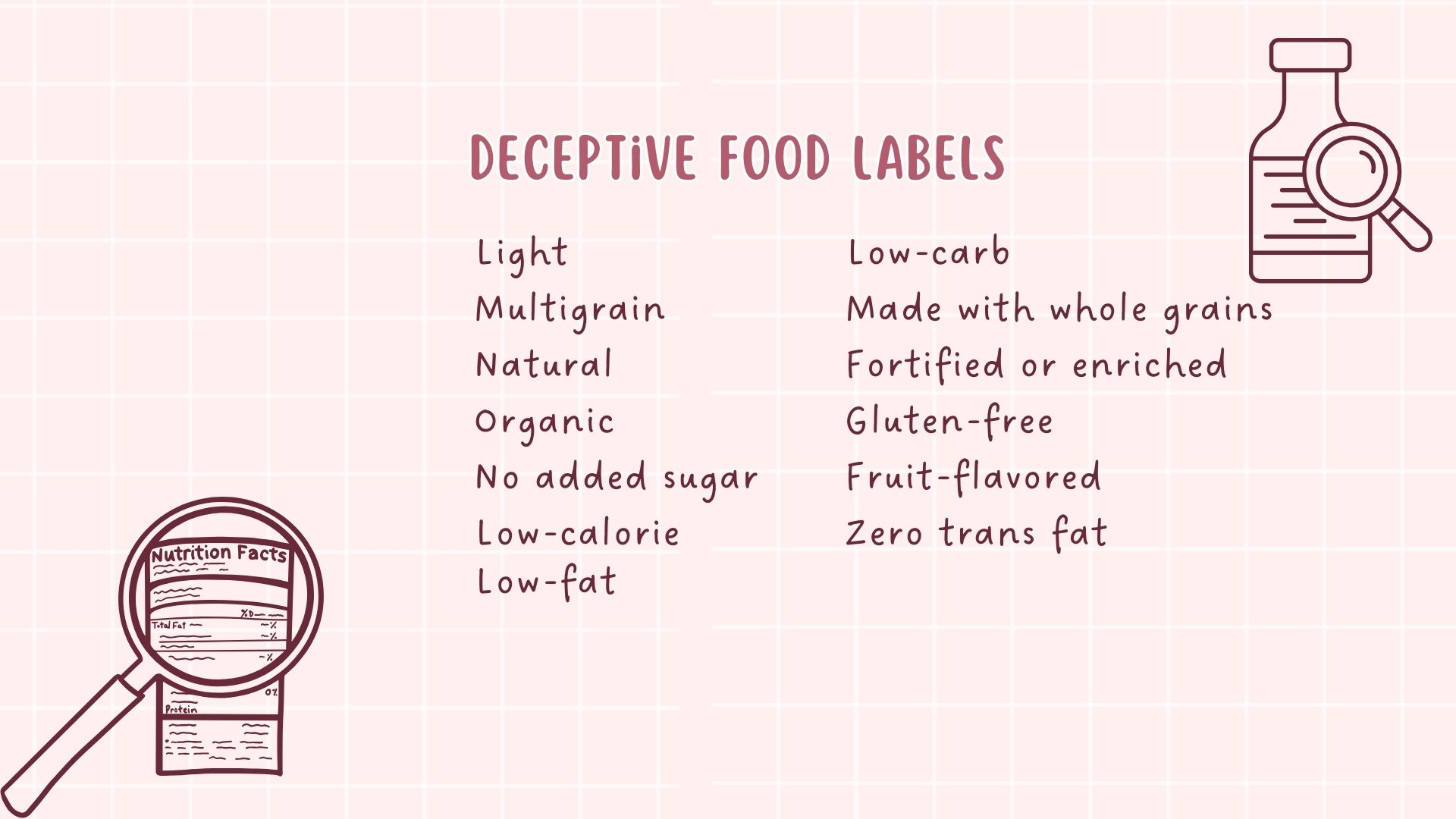Read Food Labels Like a Nutritionist

Food labels can look like a puzzle. With more and more people focusing on their health, some food companies cleverly try to make their less nutritious, heavily processed items look like healthy choices. Adding to the challenge, the rules around food labels can be quite complicated.
Don’t Be Fooled by Front-of-Package Claims
An important tip for making healthy choices is to disregard the marketing messages plastered on the front of food packaging. These labels often employ health claims as a tactic to entice you to buy.
Studies show that these claims can create a perception of healthfulness, even when comparing the same product without such labeling, ultimately influencing your purchasing decisions. Unfortunately, manufacturers frequently manipulate these labels, using misleading or even outright false statements. Consider sugary breakfast cereals like whole-grain Cocoa Puffs; despite any implications of health on the packaging, they are far from it. To truly choose healthy options, a careful examination of the ingredients list is essential.
Breaking Down The Ingredients List
Ever wonder what’s really in that snack you’re about to munch on?

1. The ingredients list is your secret decoder ring
It’s not just a random jumble of words; it’s a carefully ordered lineup.
Think of it like this- the ingredients are listed in descending order of how much the manufacturer actually used. So, that very first ingredient? That’s the star of the show, the one they used the most of.
A quick peek at the top three ingredients can tell you a whole lot. They’re the heavy hitters, making up the bulk of what you’re eating.
A Little insider tip
Keep an eye out for refined grains, any kind of sugar (and there are many!), or those sneaky hydrogenated oils in the first few spots. If they’re leading the pack, chances are that product isn’t the healthiest choice on the shelf.
Instead, aim for products where the top three are actual whole foods, things you recognize and could buy on their own, like whole wheat flour, oats, or vegetables.
One more thing, a super long ingredients list, one that stretches beyond a couple of lines, often means the product has gone through a lot of processing. The lesser the ingredients, the closer it is to its natural state.
2. Keep an eye on those serving sizes
Nutrition labels tell you the calories and nutrients for a standard serving, but often that’s way less than what we actually eat. Think half a soda can, a tiny bit of cookie, or just one biscuit. Sneaky, right? It makes the calories and sugar look lower. Lots of folks miss this trick and think the whole package is one serving. So, if you want the real deal on what you’re munching, multiply those numbers on the label by how many servings you actually ate.
Decoding Deceptive Food Labels
Food packaging often features enticing health claims designed to sway your purchasing decisions. However, these claims can be misleading if you don’t understand their true implications.

- “Light”- This indicates a reduction in either calories or fat compared to the original version. Be wary, though, as some “light” products achieve this by simply adding water or, worse, by compensating with extra sugar or artificial ingredients. Always scrutinize the nutrition information panel.
- “Multigrain”– While it may sound wholesome, “multigrain” only means the presence of more than one type of grain. Unless specified as “whole grain,” these are likely refined grains, which lack the fiber and nutrients of their whole counterparts.
- “Natural”– This term is surprisingly vague. It only implies that the manufacturer once used a natural source like fruit or grains during production. The final product might be far removed from its original state and could still contain numerous processed ingredients.
- “Organic”– The “organic” label primarily addresses farming practices, such as the absence of synthetic pesticides and fertilizers. It doesn’t automatically equate to a healthy product. Organic sugar, for instance, is still sugar and has the same metabolic effects.
- “No added sugar”– This simply means that no extra sugar was added during processing. However, the product might naturally be high in sugar (like fruit juice) or contain unhealthy sugar substitutes.
- “Low-calorie”– To be labeled “low-calorie,” a product must have at least one-third fewer calories than the standard version from the same brand. It’s crucial to compare the actual calorie content, as one brand’s “low-calorie” option might still be comparable to another brand’s regular product.
- “Low-fat”– Often, when fat is reduced in processed foods, sugar is added to improve taste and texture. Always check the ingredients list to see what has replaced the fat.
- “Low-carb”– While low-carb diets have gained popularity, “low-carb” processed foods are often just as heavily processed as their regular counterparts, potentially containing unhealthy fats and artificial ingredients.
- “Made with whole grains”– This claim can be deceptive. The product might contain just a small amount of whole grains. For a significant whole grain content, ensure they appear within the first three ingredients listed.
- “Fortified” or “enriched”– These terms indicate that specific nutrients have been added to the product, such as vitamin D in milk. While fortification can be helpful, it doesn’t make the product a healthy choice automatically.
- “Gluten-free”– A “gluten-free” label only means the product excludes wheat, spelt, rye, and barley. Many gluten-free products are actually highly processed and high in unhealthy fats and sugar.
- “Fruit-flavored”– Don’t be fooled by names suggesting natural flavors, like “strawberry yogurt.” These products often contain artificial flavorings designed to mimic fruit taste without containing any actual fruit.
- “Zero trans fat”– This label is permitted as long as the product contains less than 0.5 grams of trans fat per serving. Be cautious of small serving sizes, as consuming multiple servings could still lead to a significant intake of unhealthy trans fats.
While many genuinely healthy foods may carry labels like “organic,” “whole grain,” or “natural,” these claims alone don’t guarantee nutritional value. Becoming a savvy consumer requires looking beyond the marketing slogans and carefully examining the nutrition information panel and ingredients list.
3. Sometimes sugar isn’t listed as “sugar” on food labels
Cleverly, manufacturers use a variety of names to disguise the total amount in their products. This allows them to show seemingly healthier ingredients at the top of the list, while sugar lurks further down. To truly know how much sugar you’re eating, be aware of these common aliases
- Types of Sugar– Brown sugar, beet sugar, buttered sugar, cane sugar, coconut sugar, caster sugar, date sugar, golden sugar, invert sugar, muscovado sugar, raspadura sugar, organic raw sugar, evaporated cane juice, confectioner’s sugar.
- Types of Syrup– carob syrup, golden syrup, high-fructose corn syrup, honey, agave nectar, malt syrup, maple syrup, oat syrup, rice bran syrup, rice syrup.
- Other Added Sugars– Molasses, barley malt, cane juice crystals, lactose, crystalline fructose, corn sweetener, dextran, malt powder, ethyl maltol, fructose, fruit juice concentrate, galactose, glucose, disaccharides, maltodextrin, maltose.
Spotting these names, especially early in the ingredient list or in multiple instances, signals a high sugar content.
The Takeaway
The most straight path to label transparency is embracing whole, unprocessed foods. Yet, for those times you opt for packaged items, the tips mentioned in this article will equip you to confidently identify and choose better products.
